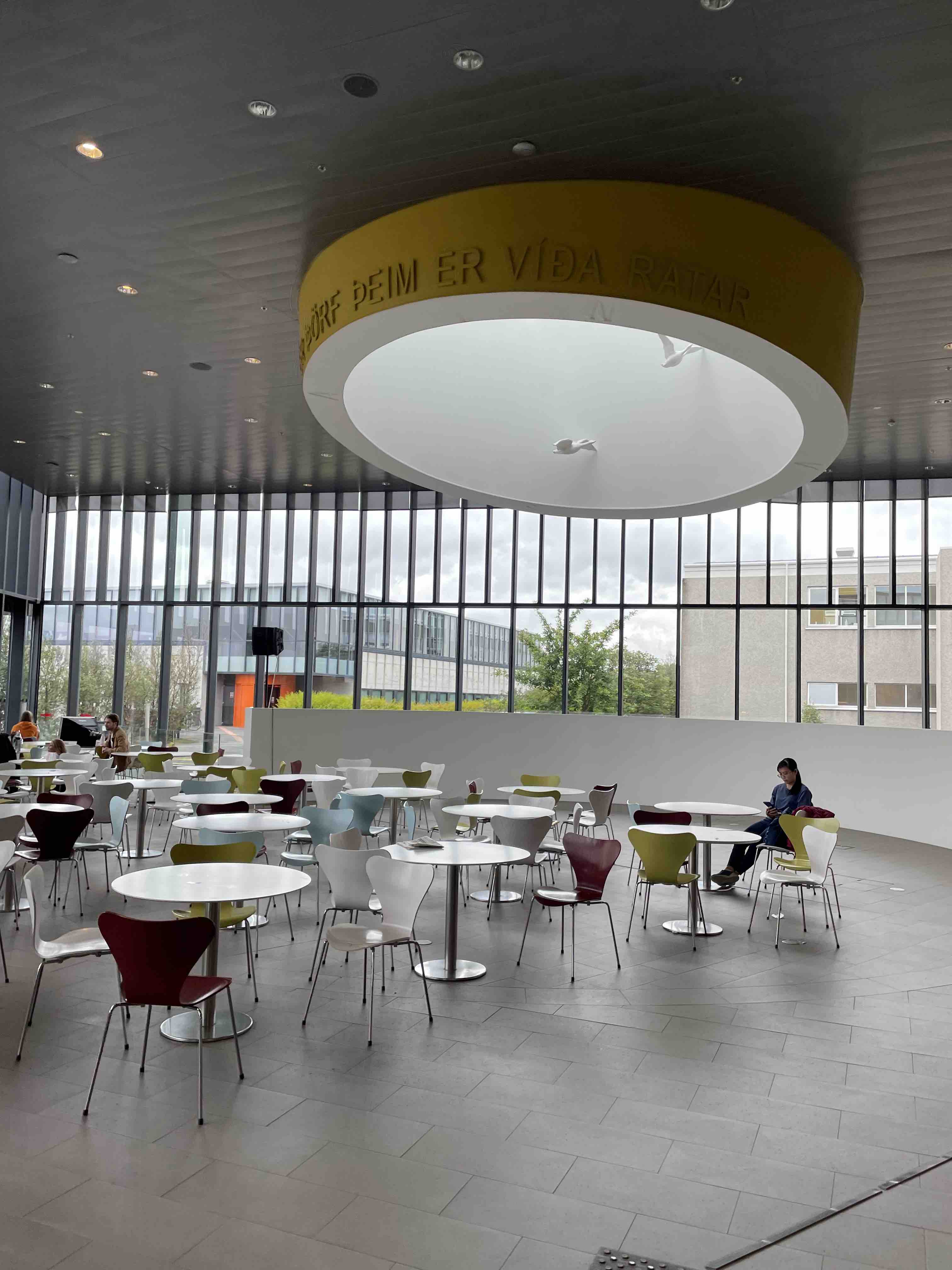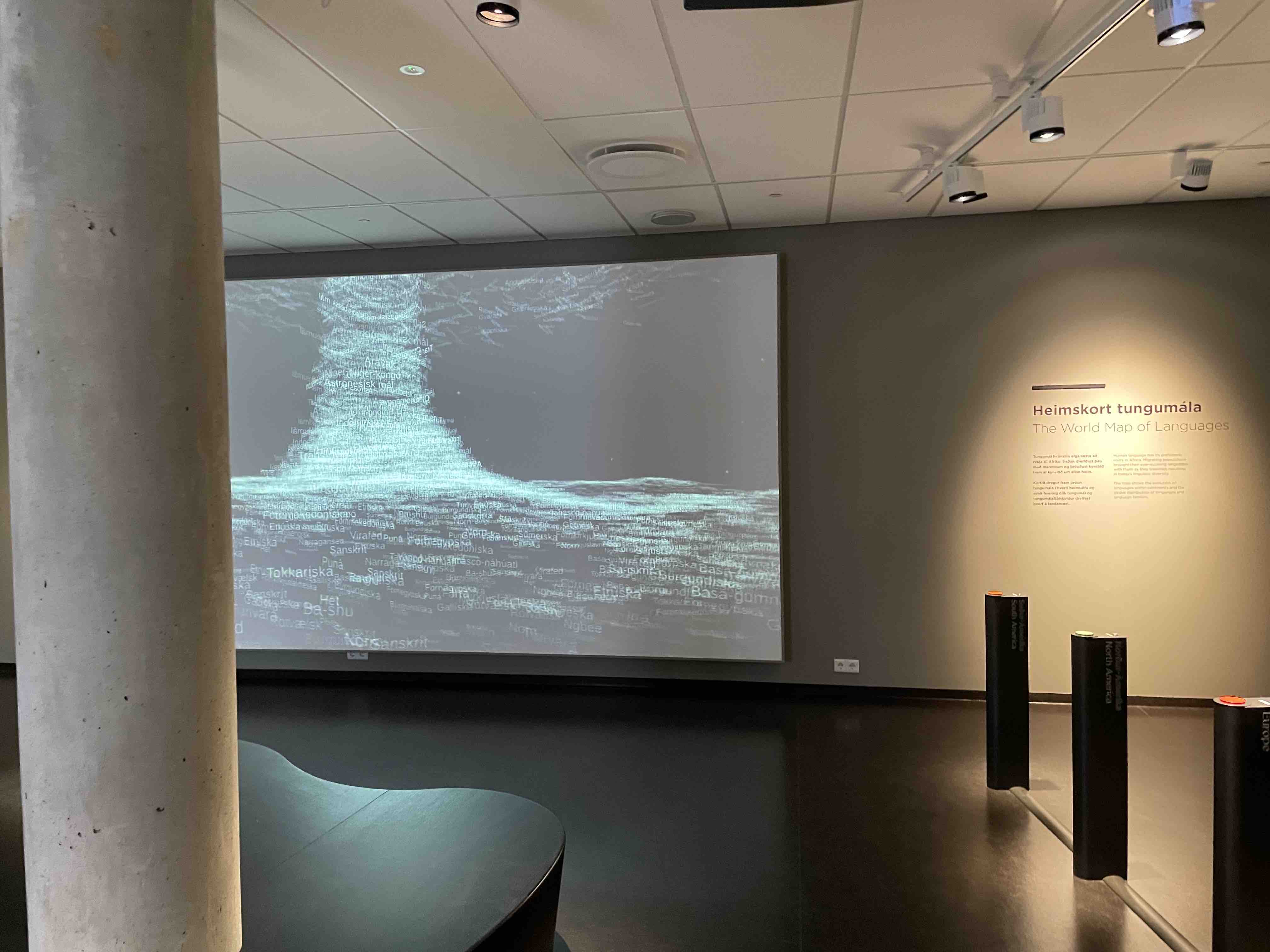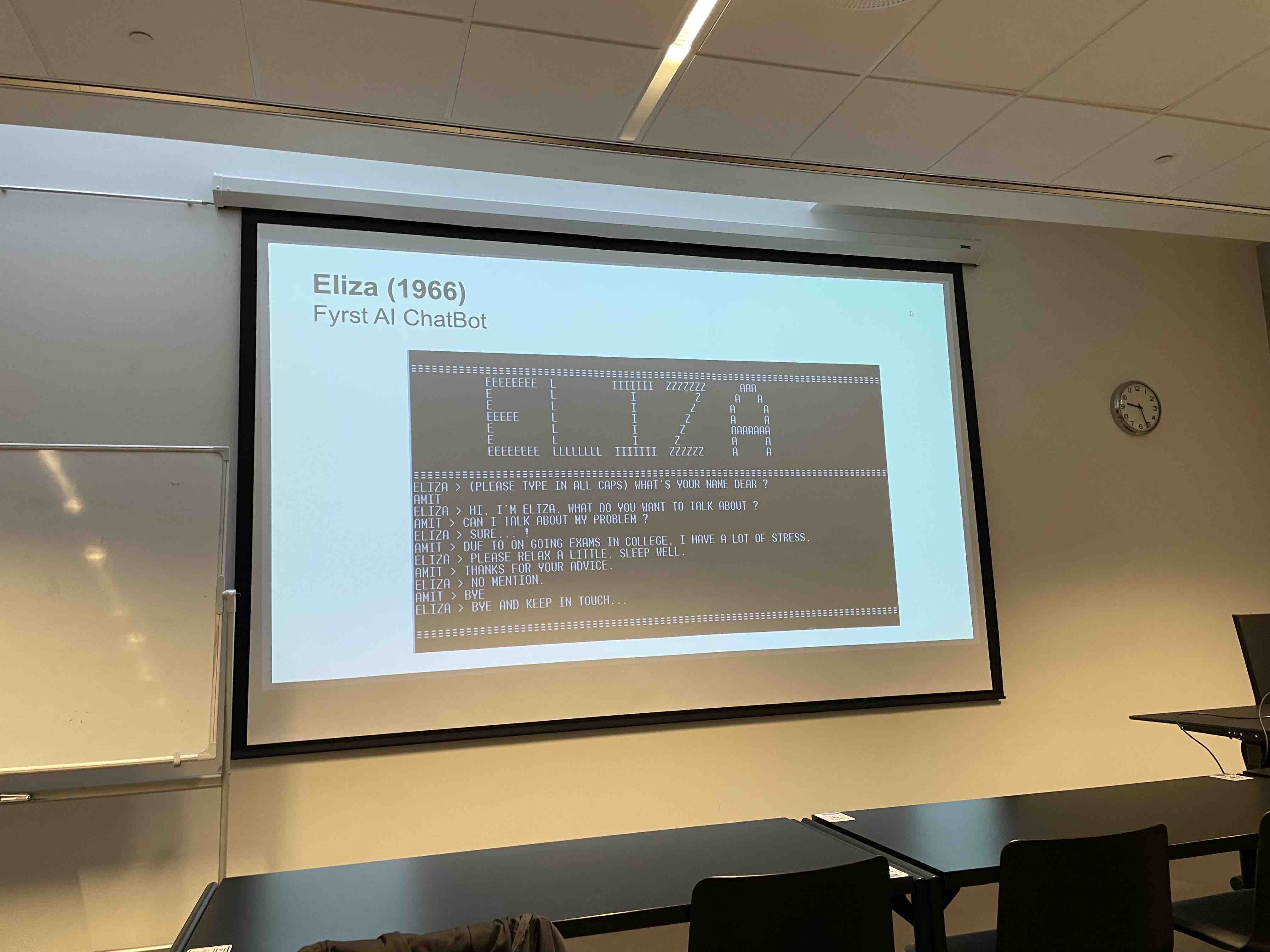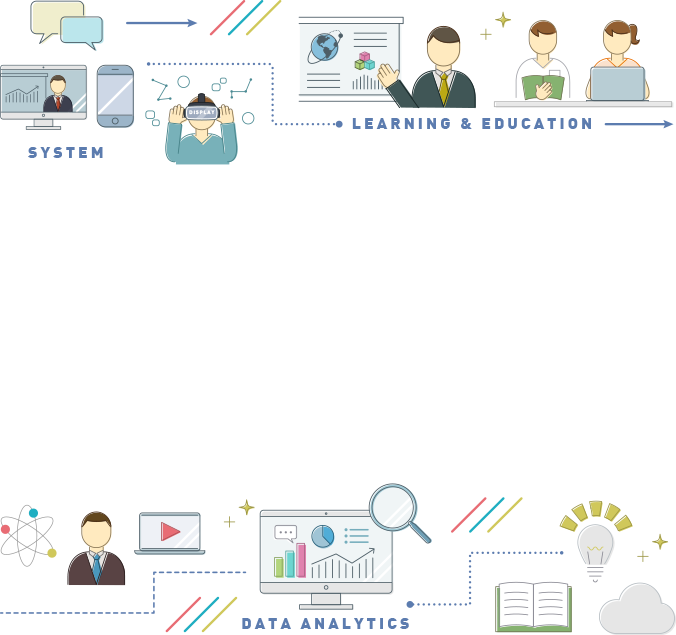It’s been quite some time since I last attended EuroCALL, an international conference on Computer-Assisted Language Learning (CALL). I used to participate frequently due to my involvement in research on CALL, specifically focusing on the language education aspect of Computer-Mediated Communication (CMC). However, I’ve drifted away from language education research conferences as I’m not actively pursuing research in this area anymore. Nevertheless, I recently had the opportunity to attend EuroCALL 2023, which took place face-to-face at a venue called Post Corona.

This year’s conference was held in Iceland, marking my first visit to this fascinating country. Despite it being summer, there was still snow, which I later discovered was due to the presence of a glacier.

The conference was hosted at the University of Iceland, and one of the highlights was the Living Language Lab. Here, I gained valuable insights into the relationship between languages, their diversity, and the interactive expression of languages. Particularly intriguing was a system that visualizes both existing and endangered languages.

Compared to other regions, I noticed that European CALL societies tend to view CALL as a tool for language education, emphasizing its role in language preservation and cultural enrichment, especially given the existence of minority languages. This perspective seems less common in the U.S. or Asia. During my time in Iceland, I keenly felt the importance of preserving the Icelandic language.

AI remains a prominent topic in language education, with dedicated sessions such as the Keynote SIG on AI, which I attended. However, discussions primarily revolved around understanding the principles of recent generative AI, exploring its potential applications in language education (albeit hypothetical), and addressing teachers’ concerns and expectations. In the past, I conducted research on developing a Chatbot that utilized ELIZA to stimulate logical thinking and examined its impact on group activities during English discussions. Reflecting on this, I feel a sense of nostalgia for those research endeavors.
Goda, Y., Yamada, M., Matsukawa, H., Hata, K., Yasunami, S., “Conversation with a Chatbot Before an Online EFL Group Discussion and the Effects on Critical Thinking,” The Journal of Information and Systems in Education, 13, 10.12937/ejsise.13.1, October 2014
Yamada, M., Goda, Y., Matsukawa, H., Hata, K., and Yasunami, S., “A Computer-Supported Collaborative Learning Design for Quality Interaction,” IEEE Multimedia, 23, 10.1109/MMUL.2015.95, January 2016
Historically, language education has been quick to embrace information and communication technologies, and I believe AI will follow suit. It holds promise for applications such as coherent translation (beyond mere service provision) and facilitating interactive language learning. However, my overall impression is that language education research may not be leveraging AI to its fullest potential. While ChatGPT and other generative AIs are undoubtedly impressive, I believe there’s a gap between their capabilities and their practical integration into educational settings. As someone bridging the gap between intelligence informatics and educational technology, I see opportunities for further development and refinement tailored to specific learning objectives. Perhaps, instead of simply adopting AI as is, there’s a need for more research on how to effectively design AI-driven applications based on existing research findings in language education.
Considering the trajectory of CALL research thus far, I wonder if we can push for more innovative and forward-thinking studies. Rather than merely employing AI in its current state, there’s a demand for research presentations that outline potential AI applications derived from accumulated research findings and provide insights into their design. While language education is a common theme in various international educational technology conferences, I believe it’s crucial for EuroCALL and similar conferences to distinguish themselves by fostering developmental potential. Without this emphasis on innovation, there’s a risk of stagnation and diminished impact.
As the excitement around generative AI begins to subside, it’s time to contemplate the future of research in a world where AI becomes an integral part of our daily lives.
Additionally, both I and my students had the opportunity to present our work:
Yamada, M., Goda, Y., Geng, X., Chen, L., Ogata, H., and Shimada, A. (2023). “How do English teachers use learning logs for instructional design improvement? – A case study -,” presented at EuroCALL 2023
Hirata, S., and Yamada, M. (2023). “Automatic speech recognition system enhancing the use of vocalisation strategy,” presented at EuroCALL 2023.
I’m considering re-engaging with CALL research, since I have students interested in language education-related research.
However, due to the ongoing impact of the pandemic, some international conferences maintain a hybrid format, though many are transitioning back to solely face-to-face events. Unfortunately, attendance at face-to-face conferences remains low, as observed at EuroCALL and ED-MEDIA in July. This trend is mirrored in domestic events, with only a handful of in-person attendees compared to hundreds online. Reverting to pre-pandemic norms seems challenging, but I’m hopeful for the return of vibrant international conference settings.







